State borrowing to top the Commonwealth, damaging efforts to curb inflation
Big-spending premiers are damaging efforts to curb inflation, with states for the first time in history set to collectively borrow more than the Commonwealth this financial year.
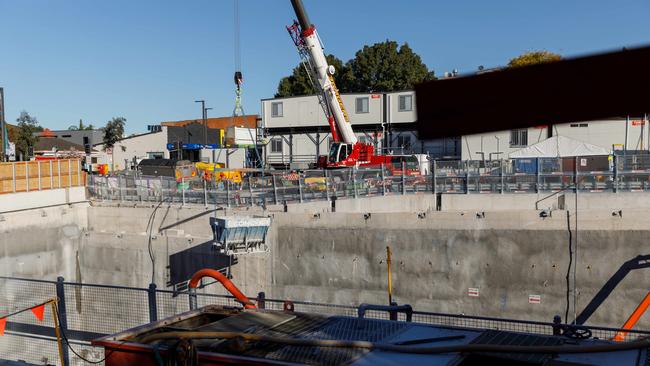
Big-spending premiers are damaging efforts to curb inflation, with new research from EY revealing that the states for the first time are set to borrow more than the commonwealth at nearly $100bn this financial year.
The warning that the public purse might need to be pulled tighter to help bring inflation under control came a day before the release of data that is expected to show a 35 per cent jump in petrol prices since July underpinning an acceleration in consumer prices in the September quarter.
Even as higher spending pours into an economy operating at maximum capacity, the cost of servicing the rapidly growing debt burden across federal and state levels in this financial year will be equivalent to the entire national defence budget in 2023-24, or the cost of the NDIS.
More than 60 per cent of the new state and territory debt will be issued by Victoria ($33.7bn) and NSW ($22.9bn), the EY figures show, despite the two states accounting for only half the economy. Queensland’s government is set to borrow $15.5bn.
“The rising cost of debt also draws government funding away from other services,” the report notes. “In FY24 alone, the total interest cost on borrowings across all commonwealth and state governments is expected to total over $43bn and is forecast to continue to rise across the next few years.”
The research shows states and territories are set to borrow a combined $91.2bn in 2023-24, while the commonwealth is projected to borrow a substantially lower $75bn in this financial year.
As Labor’s Women’s Economic Equality Taskforce urged the Albanese government to pay superannuation on paid parental leave and extend the taxpayer-funded scheme to 52 weeks, EY chief economist Cherelle Murphy said “if you look at the commonwealth and states together, it is easy to conclude that there is a lot of spending going on”.
“At the state level, there are the big infrastructure projects, and a number of policies to help people through the cost-of-living crisis,” Ms Murphy said.
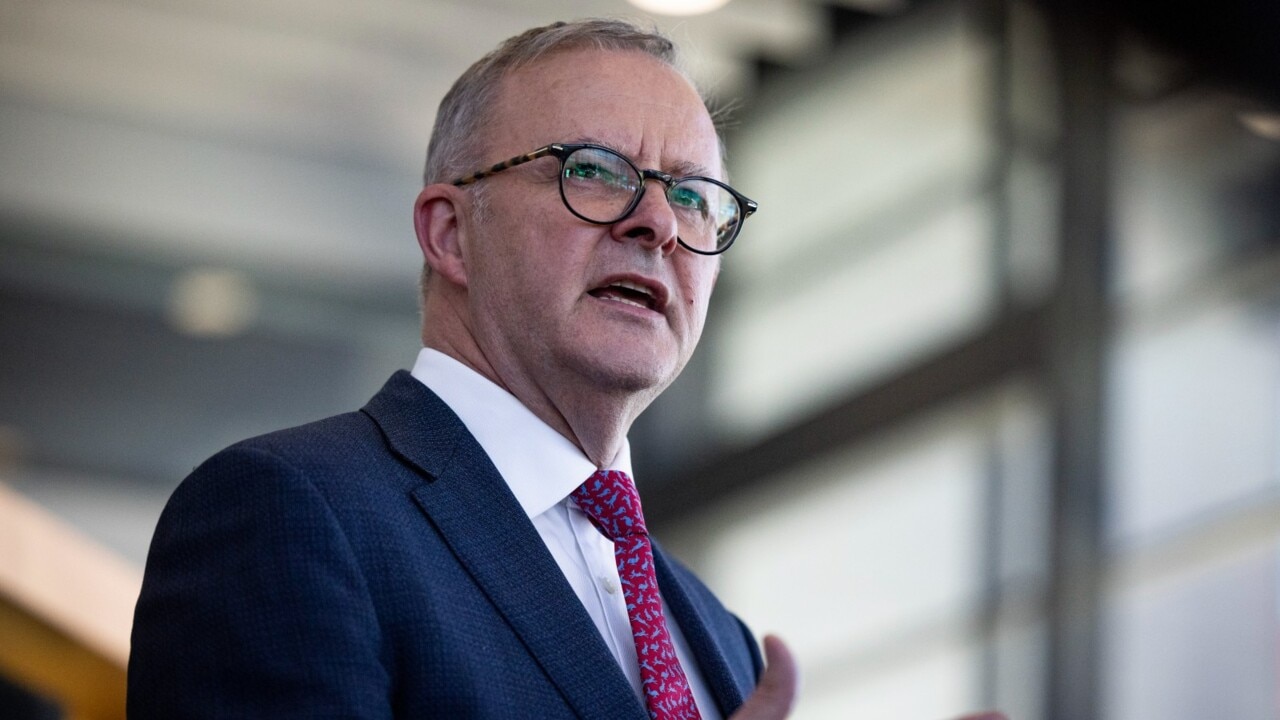
With analysts warning that the worsening conflict in the Middle East could send global oil prices back above $US100 a barrel, Reserve Bank governor Michele Bullock has told Australians they should be “alert” to the risk of higher interest rates.
Ms Murphy said that while the national conversation remained focused on spending at the federal level, “states are a huge part of the picture – the pick-up in state debt is enormous”.
When it came to inflation, state spending was “definitely part of the problem”, she said. “The issue was losing a bit of urgency because inflation numbers were coming down quite nicely. Now we have new pressures coming into the inflation mix, and this (government spending) starts to become an area of focus again.”
Government spending and borrowing spiked during the pandemic as the commonwealth responded to lockdowns with income support packages to prop-up households and businesses.
But the EY report shows the end of the Covid crisis gave way to a new era of permanently higher public consumption and investment. Structural spending pressures in areas such as health, aged care, disability support and defence have intensified, even as governments continue to roll out a series of huge infrastructure commitments.
Ms Murphy said that at the federal level, “the costs of an ageing population are showing up”.
“The defence needs of the country are clearly growing, so in this environment there are multiple causes which are causing a slow grind higher in spending.”
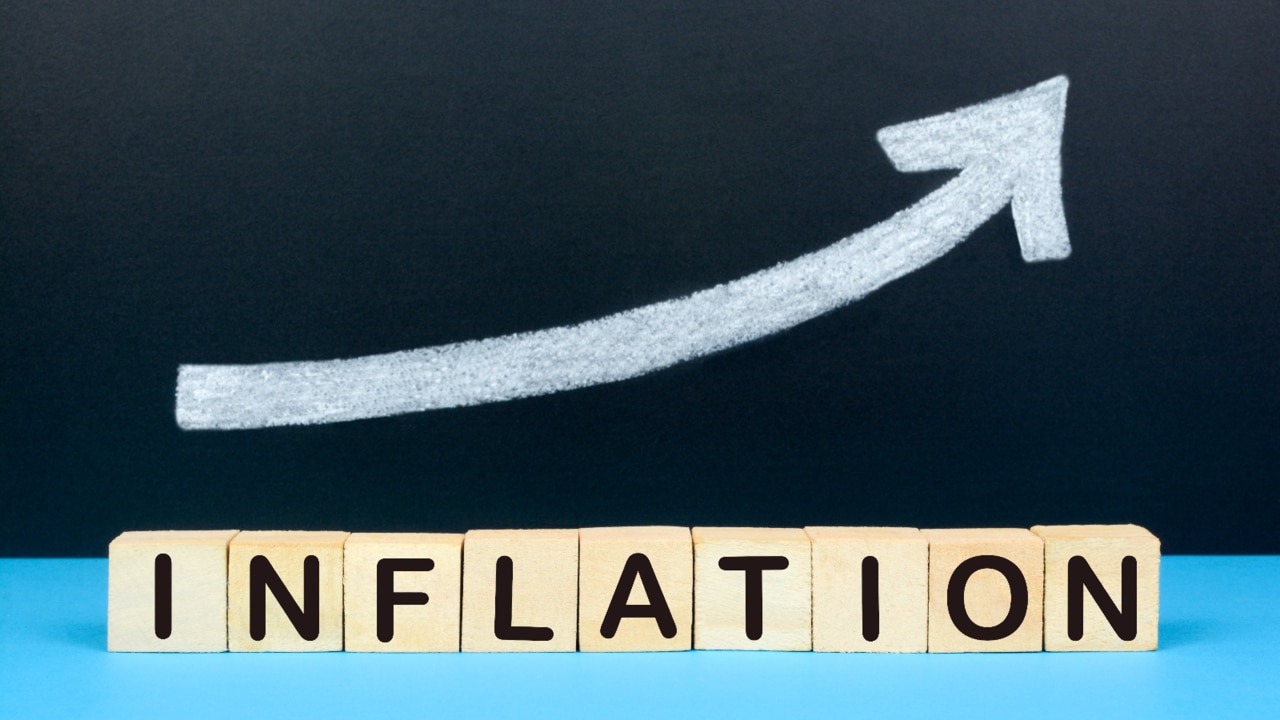
The EY report shows that total federal and state consumption peaked at 23.3 per cent of GDP in 2020 and 2021 – the highest in records stretching back to 1960 – and were still at 22.6 per cent of national output, against a long-run average of under 20 per cent. Meanwhile, public investment has continued to climb to 5.6 per cent of GDP, almost one-percentage-point higher than the 20-year average.
“There are extensive and significant implications as a result of elevated levels of government spending,” the report says.
“It creates multiplier effects through the economy, from infrastructure spending on transport to non-market activity such as the National Disability Insurance Scheme spending.
“It could also crowd out private sector investment and use up labour in a capacity-constrained economy. There are also implications for inflation as expansionary fiscal policy is working against the Reserve Bank’s contractionary monetary policy.”
Independent budget expert Chris Richardson said while the government had allowed the huge tax revenue windfalls from a booming jobs market and soaring commodity prices to largely fall through to the bottom line, policy decisions taken by Labor would inject $34bn into an already overheated economy over the four years to 2025-26.
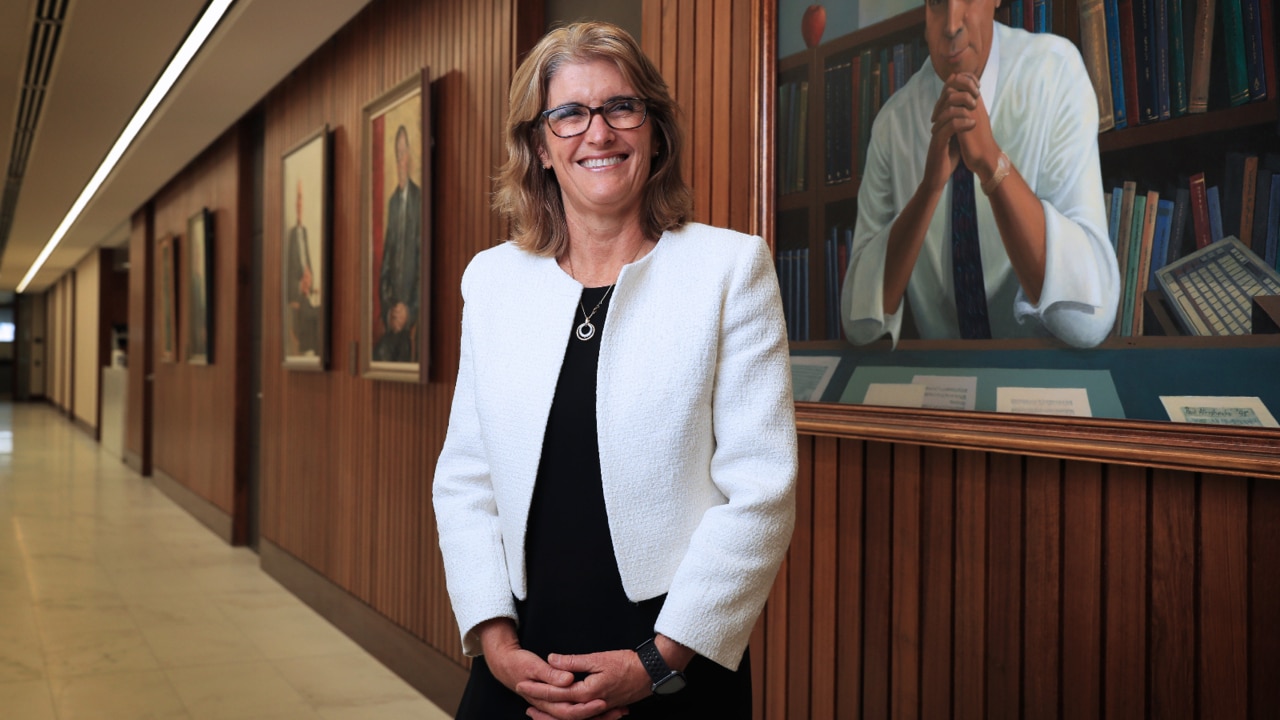
Mr Richardson said while he didn’t have an issue with the individual decisions – including billions in cost-of-living relief – the problem was that “you also need to at least offset that spending so you are not injecting extra money into the economy when inflation is a problem for the Reserve Bank”.
Criticism that the government is not doing enough to aid the central bank comes as Treasury secretary Steven Kennedy fronts Senate estimates on Wednesday morning, followed by Ms Bullock a day later.
The RBA and Treasury are likely to repeat their view that the commonwealth government’s fiscal stance is not working counter to monetary policy.
Jarden chief economist Carlos Cacho said state budgets were “relatively stimulatory next year”.
The turnaround from a federal surplus of $22bn in 2022-23 to a projected deficit of $13.9bn in 2023-24 represented the biggest reversal in fiscal stance in at least two decades outside of the GFC and pandemic, Mr Cacho said, although Department of Finance figures released this month revealed the federal budget for this financial year was already running $4.4bn better than predicted in the two months to August.
“In NSW there was a big upgrade on the revenue side, particularly thanks to stamp duty, but a lot of that is being spent on investment and higher wages,” Mr Cacho said.
“It doesn’t necessarily add to the inflation challenge. Energy subsidies will bring down prices, but they should also contribute indirectly to growth in overall economic activity, and that is working in the opposite way.
“The real challenge for the fiscal side is the record migration and very strong population growth. There’s a clear need to invest more in infrastructure and housing. I don’t know what the right answer is, but the fiscal stance at the moment is not helping the RBA.”


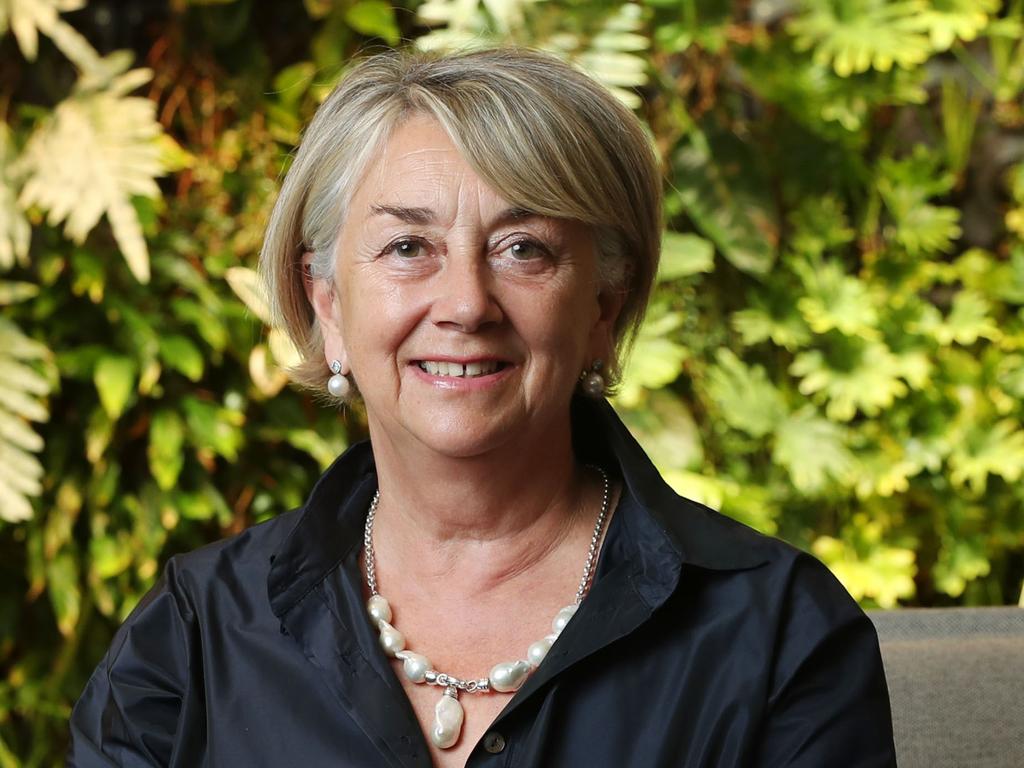


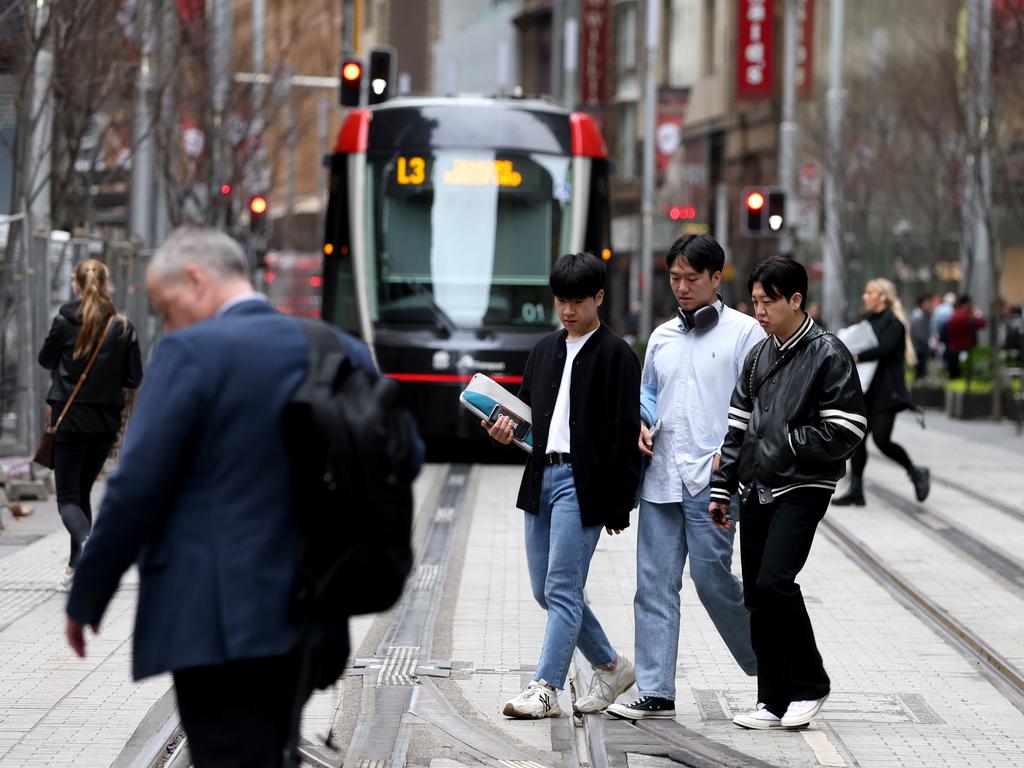


To join the conversation, please log in. Don't have an account? Register
Join the conversation, you are commenting as Logout